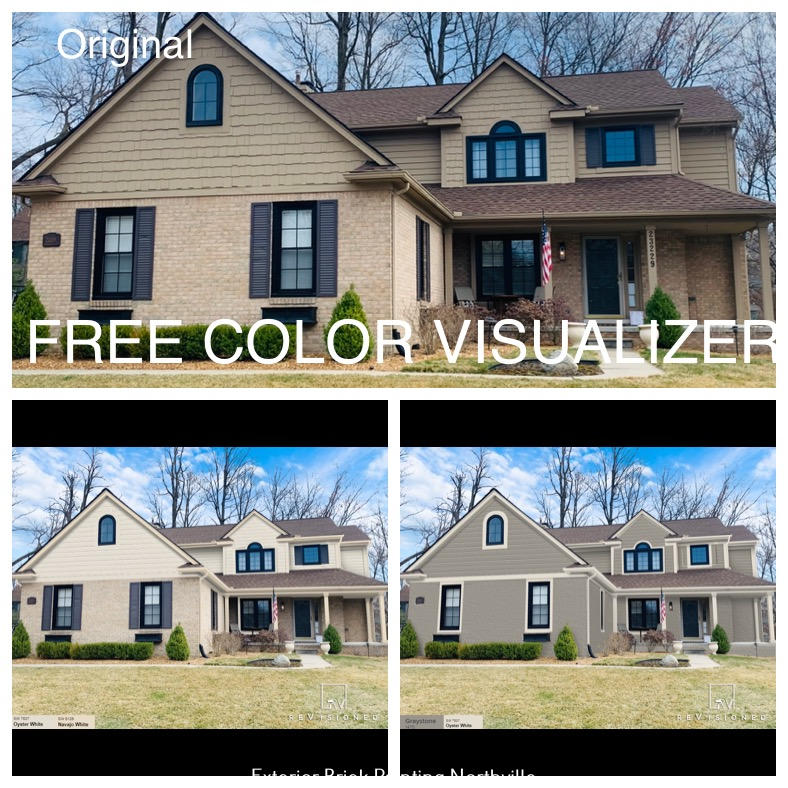Nestled within the scenic Ford Field Park in Northville, Michigan, the Mill Race Historical Village offers visitors a unique opportunity to step back in time and experience the region’s rich history. Situated along the serene banks of the Rouge River, this living history museum features meticulously restored historic buildings, immersive exhibits, and a tranquil natural setting. This article will explore the captivating features, attractions, and community significance of the Mill Race Historical Village at Ford Field Park. Learn information about Northville, MI.
Preserving the Past:
At the core of the Mill Race Historical Village is its dedication to preserving and showcasing local history. The village boasts a collection of historic buildings carefully relocated from various sites. Each building has been painstakingly restored to its original condition, offering visitors an authentic glimpse into the lives of early settlers. From the quaint log cabins to the charming one-room schoolhouse, these structures provide a tangible connection to Northville’s heritage and serve as a reminder of its pioneering roots. Discover facts about Mill Race Historical Village: Stepping Back in Time in Northville, MI.
Immersive Historical Exhibits:
The Mill Race Historical Village provides immersive exhibits that bring history to life. Inside the restored buildings, visitors can explore period rooms furnished with authentic artifacts and interpretive displays. These exhibits offer a comprehensive and engaging experience, showcasing the early settlers’ customs, trades, and daily life. From the blacksmith shop to the general store, each exhibit provides a unique window into the past, allowing visitors to step into the shoes of those who came before.
Educational Programs and Events:
The Mill Race Historical Village is committed to educational outreach and community engagement. The village offers a variety of educational programs and events that promote an understanding of local history. School groups can participate in guided tours and hands-on activities that align with curriculum standards, providing an interactive and enriching learning experience. The village also hosts workshops, demonstrations, and special events throughout the year, catering to visitors of all ages and fostering a deeper appreciation for Northville’s past.
Community Gathering Place:
Ford Field Park, where the Mill Race Historical Village is located, serves as a community gathering place and a hub of cultural activity. The park offers a picturesque setting with scenic walking paths, picnic areas, and a beautiful riverfront. Residents and visitors can enjoy outdoor recreational activities, such as walking, biking, and fishing while immersing themselves in the natural beauty of the surroundings. The village serves as a venue for community events, including festivals, craft shows, and historical reenactments, creating opportunities for people to come together and celebrate the town’s heritage.
Preservation and Collaboration:
The Mill Race Historical Village and Ford Field Park result from collaborative efforts between the community and local organizations. The restoration and ongoing maintenance of the historical buildings and the development of the park’s amenities rely on the support and involvement of dedicated volunteers and donors. This collaborative spirit ensures the preservation of Northville’s history and creates a shared space that fosters a sense of community pride and appreciation for the past.
Conclusion:
The Mill Race Historical Village at Ford Field Park in Northville, MI, offers a captivating journey into the town’s history amidst a picturesque natural setting. Through its meticulously restored buildings, immersive exhibits, and engaging educational programs, the village provides visitors with an authentic and enriching experience. As a community gathering place and a symbol of Northville’s heritage, the Mill Race Historical Village at Ford Field Park preserves and celebrates the town’s past, ensuring that its legacy endures for future generations.

